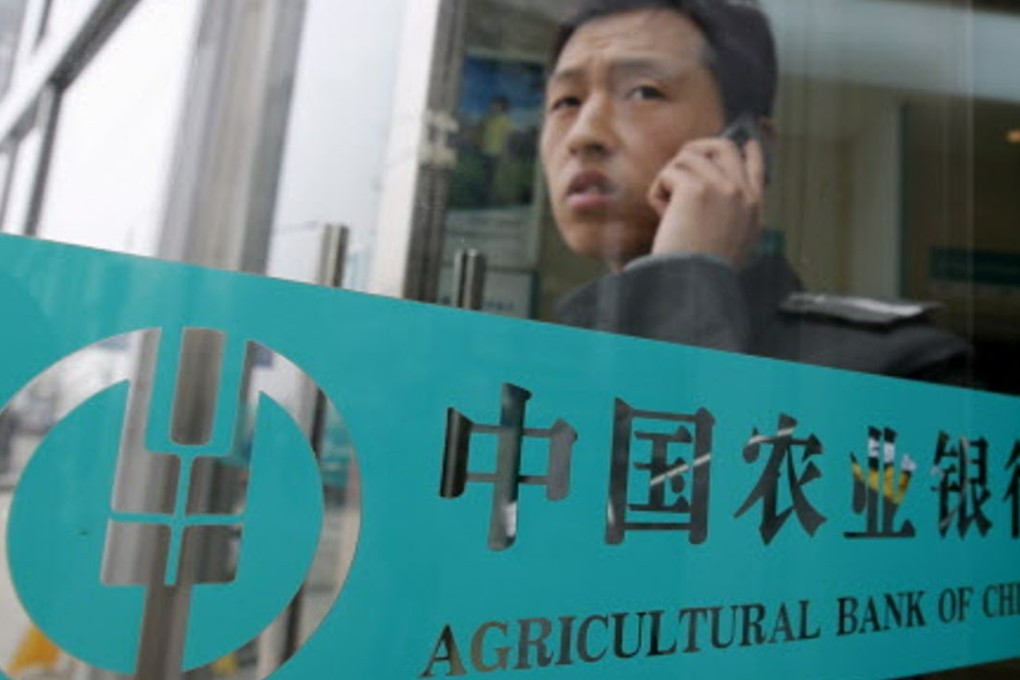Decline in loans at China’s ‘big four’ banks shows asset-quality concerns
Analysts say drop is due to a supply problem rather than flagging demand for credit

Controlling bad debt has proved a more pressing task for China’s four biggest banks than cushioning the slowing mainland economy with credit in the final months of the year.
Last month, for the first time since 2009, total outstanding loans at the four state-owned national commercial banks notched a month-on-month decline, a sign that the banks were reducing exposures to risk in a deteriorating economic environment.
Total outstanding loans at Industrial and Commercial Bank of China, China Construction Bank, Agricultural Bank of China and Bank of China hit 35.7 trillion yuan (HK$43.5 trillion) at the end of October, down 65.6 billion from a month earlier, according to data posted on the People’s Bank of China’s website. The last time outstanding loans at the four banks fell month on month was during the dark days of the global financial crisis in 2009.
The economy is weak, so the banks don’t want to grant lots of credit to enterprises
As the mainland economy cools, companies are investing and borrowing less. However, analysts said the drop in lending represented a supply problem rather than flagging demand for credit.
“The economy is weak, so the banks don’t want to grant lots of credit to enterprises,” said Shenzhen-based Guotai Junan Securities analyst Richard Cao. “The main goal now is to control risk.”
Policymakers have worked overtime this year to keep rates low – to little avail. Over the past year, the PBOC has cut interest rates six times and cut the ratio of reserves banks must set aside as many times, freeing up bank funds that can be lent out.
The measures have been aimed at tamping down the cost of borrowing and stimulating demand for credit. However, experts say, massive outflows of yuan have kept rates high. Corporate interest rates remain burdensomely high at an average of 14 per cent, according to Kevin Lai, Daiwa Capital Markets’ chief regional economist.
